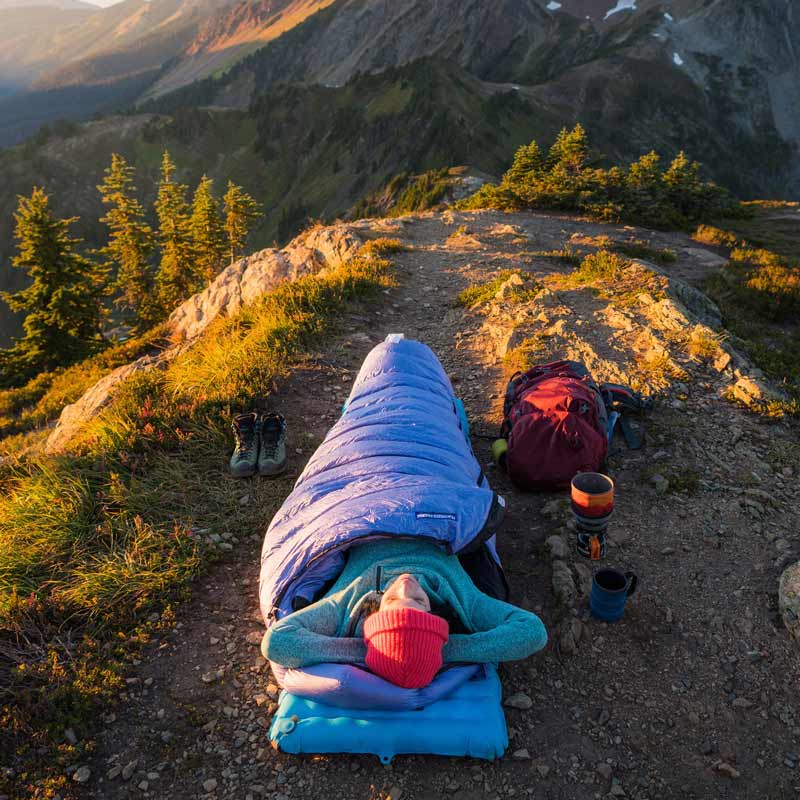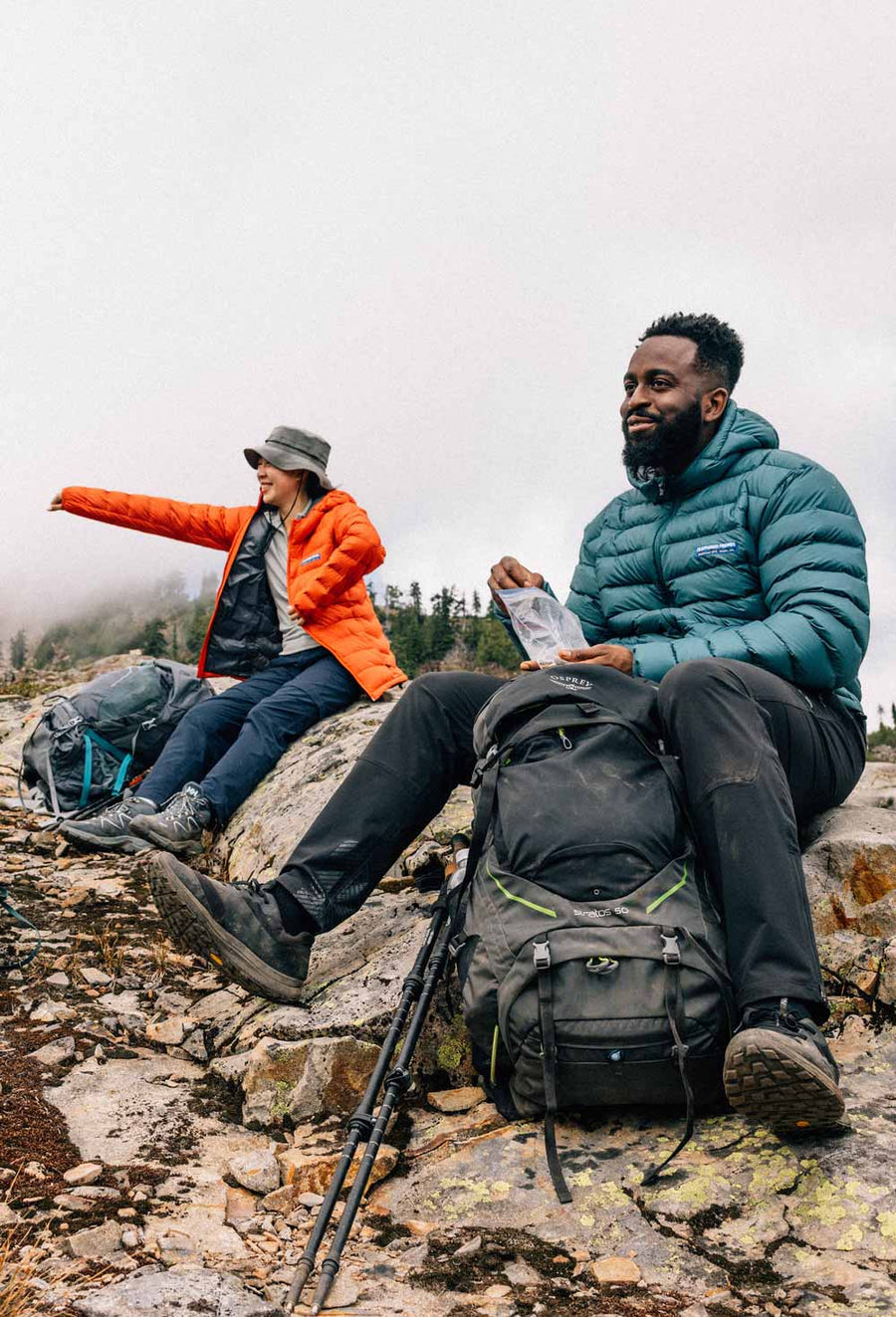Feathered Friends Blog
Have you started training for that mountain yet? It has been two weeks since our last post, and it is already March!
Below are a few more tips to keep in mind as you try to get your body and mind ready to climb.
As before, be sure to consult with your physician before beginning any new activity. These posts are not a comprehensive training program, and don’t forget to learn and practice the necessary technical skills as well!
Words and photographs by Claire Giordano.
1. Simulate the climb with back-to-back training days
Will your climb be one day, two days, or three or more? Most of the volcanoes in Washington are two day climbs (unless you are a trail runner or doing a longer trip with multiple objectives and skill building lessons). This means our bodies must perform a few days in a row, and the best way to prepare for this is to do back-to-back training days or overnight backpacks.
Do you have some big mountain goals for 2017? If so, it’s already the middle of February and summer mountaineering season (in the states) will be here before you know it. Time to begin training.
Here are a few tips to think about as you start getting out there.
As always, be sure to consult with your physician before beginning any new training program. This post is not a comprehensive training program, but hopefully gives you some ideas. Don’t forget to learn and practice the necessary technical skills as well!
Words and photographs by Claire Giordano.
1. Start early, and ramp up slowly.
Climbing a mountain (such as Rainier) takes not only strength, but also excellent endurance. One of the most common routes, Disappointment Cleaver, requires you to carry a heavy pack (usually around 40 pounds if guided, more if your group is self supported) all way way to basecamp at 10,000 feet. Then, that night or the next, you drop the weight at camp and go even higher in your attempt to reach the summit. The combination of elevation and exertion for hours causes a lot of stress on the body.









